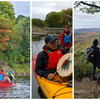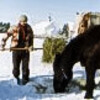
Coffee, Pancakes and Maple Syrup of course.
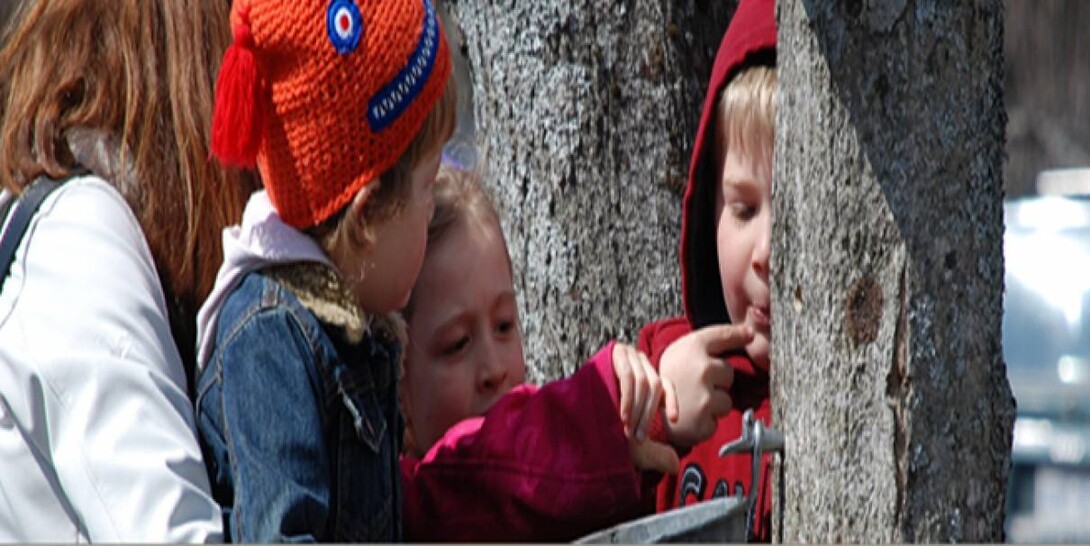
"Even though I've made maple syrup for decades, I still feel my sap rising in the spring when I know its rising in the maples."
My first outfit up on the Quintet Lakes was homespun: coffee cans nailed on trees, rolled birch bark spigots, the sap hauled with the dog team, and an outdoor boil-down on a single pan over an open fire. The fire ran day and night, the night boil lit up by a kerosene lantern hung on the tip of a small bent over balsam tree. My syrup was the colour and texture of a used motor oil, but tasty all the same.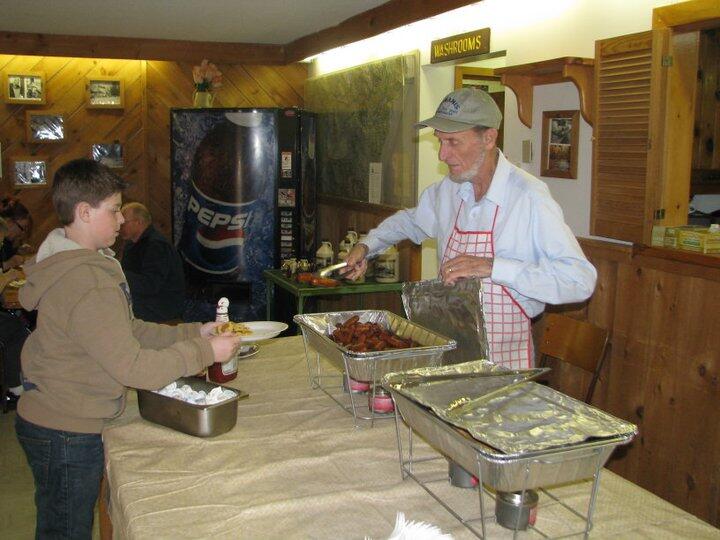
Now, I'm making fancy grade syrup here on the farm with a more sophisticated outfit. But it's still traditional with pails, spiles, sap gathered with horses and sleigh, and boiled down on a wood fired evaporator, which I'm sure is just the way God planned it.
Each bottle and can of my syrup comes with a birch bark card on which I testify to the quality of the product. It states simply and truthfully that, "This bottle contains pure Mockingbird Hill Farm Maple Syrup", an elixir so strong the true power of it is yet unknown. However, the last lumberjack to drink it straight up became so tough he grew a second row of teeth.
Gilbertsons Pancake House
I often ruminate on why I'm so endeared to syrup making. It's likely because, unlike the crops and gardens, I don't have to seed, cultivate, or hoe maple trees. Maple trees take car of themselves; they don't have to be watered, fed, and curried. They keep on growing and storing up sugar while I go about my other business. And unlike some of the free-spirited critters here on the farm, those trees are standing right where they belong every time I want to deal with them.
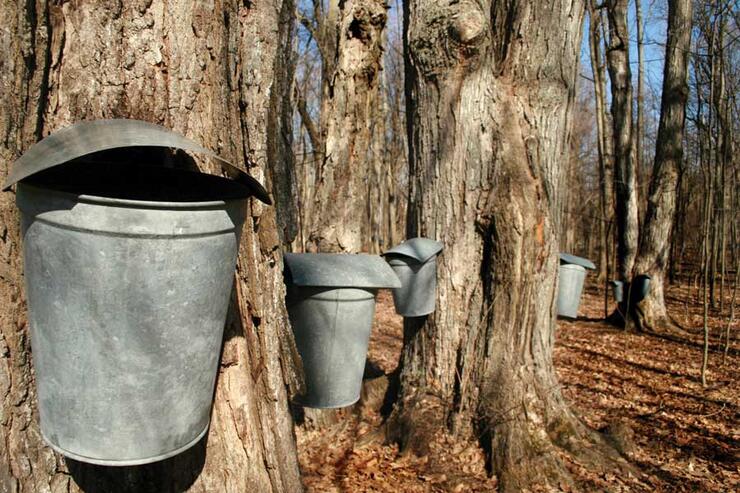
Photo by Mike Sonnenberg
In March there are signs that winter is loosing its grip on the land. The warmer sun is chewing on the snow banks, the horses are starting to shed, and there's steam rising from the manure pile. That's when it is time to take out the team to open the sugar bush trails.
The horses go through first, plunging through snow near up to their bellies. I stumble along behind them, hanging on to the driving lines and being half dragged through the drifts. We stop repeatedly to catch our breath, since the three of us are often winded and heaving. A man gets a real appreciation for the labours of horses when he has to do the same work. The next trip over the trail the team draws an empty sleigh and then a load of firewood going to the sugar shack.
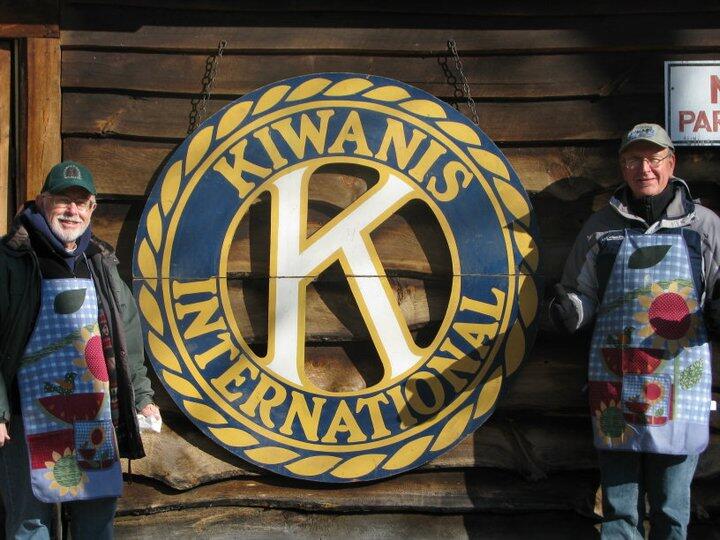
Kiwanis Club Pancake Breakfast
When the trails are packed and ready, it's time to move into the sugar camp. This is done with a snow shovel in hand since roofs have to be cleared and paths dug out to the woodpile and outbuildings. The evaporator likely needs re-bricking, sap tanks have to be set up, and supplies moved into camp. A housekeeping outfit too is needed, since the camp will be home for the next few weeks.
While I'm doing all this, I'm wondering when to tap the trees—which can be a bedeviling decision. Tap too early, and you risk taps drying up and have to work hard dealing with dribbles of sap in the pails needing to be processed. Tap too late, and you miss a strong early run. I've learned that you can't beat this question and just might as well pick an arbitrary date, say March 15, and you'd be right as often as not.
Folks often ask me when sap runs best in the bush. Most syrup makers say warm days and freezing nights, and that's generally so, but I've found weather to be subtler than that. It takes variable weather to make a good season: thaws and freeze ups, sun, cloud, rain, snow, fog and shifting winds. Mixed up and rapidly changing weather and a drawn out cool spring make for a good sugar season.
When you want weather to behave like this, sometimes there are going to be consequences. Often the sap freezes to ice cubes (or 'popsicles', we call them), which makes them interesting to bring in and boil. Once with the temperature plunging downward like never before we had to run gathering sap, knowing that it would freeze so fast the pails would split. The last couple of hundred pails we had to bash a hole through the ice with the end of a snowshoe and pour a little sap out to relieve the pressure. Any pails we missed during that wild race through the bush were found split in the morning. And of course, there's always that one day when the snow road gives out in mild weather, and the horses start punching through to the bottom. You have to break the trails again.
Sap is gathered on snowshoes, buckets into collector pails and then hauled out to the tote road. There's nobody driving the team, so they're called up. They've done it so long that they walk right where I can dump my pail directly into the mouth of the sap tank mounted on the sleigh. They always get it right because they don't want to hear me chirping at them.
Gathering sap is satisfying work and darn good exercise. After a few weeks, I'm so good on my snowshoes I can step dance in them. The ice-cold sap makes a refreshing drink when you're thirsty. The horses seem to enjoy the work too; while the gathering sap they graze on the sweet maple whips, which keeps the trails clear of brush and frees me from a lot of trail maintenance. Occasionally, a horse will lean over and take a drink from a sap bucket, a fault that I try to overlook. Once the tank is full, we're off on a quick trot to the sugar camp.
When there's sap ahead and all the trees are dripping, the fire is lit and the production of maple syrup begins. Boiling sap is a two-man job done by one. You rarely sit down. Fire up, test the depth, check the float and sap tank, skim the foam, take off syrup, get more wood, fire up again. You're walking miles around the sugar shack.
It's a lordly job with the roar of a strong fire, the hiss of the evaporator, and clouds of steam. It's a high wire act. The boiler, regardless of his many missions, had better be ready to open the take off valve when syrup is formed. There's very little time, you must be alert. Should syrup turn to sugar in the pans, the camp will be hopelessly on fire in several minutes. The most responsible man on the crew boils. Years ago when big camps hired a boiler, the interviewer would dump the prospect's packsack and if he spotted a bottle, book, harmonica, or deck of cards, that man was found wanting and another sought.
Fires have to be hot and fast. Fast firing makes superior syrup, and you have to go some to boil down and average of forty gallons of sap to make a gallon of syrup. Solange, Leonard St. Jean Baptiste, and I all claim to be unbridled Lucifers in the sugar shack and look at each other's fires as smudges. It's a competition. Callers do notice the intense heat when I'm boiling though and, with the clouds of steam, have to stick their heads into the shack and call out "Is anybody there?"
Tapping, gathering, and boiling are lively work. Washing and cleaning up at the end of season is less thrilling. You know the season is over once white moths are spotted in and around the pails. The pails and spiles are taken down, hauled in. Everything has to be sterilized and packed away. I'm usually feeling down as people do after a long haul, and with the spring I'm lazy and ambitious at the same time, plus, restless to get on with other work. It's like cleaning up the next morning after a big dinner party.
However, there's a great beauty at this time of year. Water running everywhere, the sun shining, the air and earth soft and warming. The killdeers are calling, and the trees budding. It feels so good to shed my heavy woolens and in lighter cloths that let the sun and winds get to my long be-flannelled body.
Maple Walnut Ice Cream (No special equipment is required)
1 ¼ Cup Maple Syrup
2 Eggs, separated
1-Cup Milk
½ pint Whipping Cream
1-Cup Walnuts
- Bring the syrup to a boil and hold there for 5 minutes, being careful not to let it boil over. You can reduce the heat to keep it at a nice rolling boil. After 5 minutes, take off the heat and let cool somewhat.
- Mix together the egg yolks and the milk. Pour in the cooled syrup, whisking gently while pouring. I usually make this the night before and refrigerate over night. I find it makes up best in a large aluminum bowl.
- Whisk egg whites stiff, and fold into chilled syrup mixture.
- Whip cream into stiff peaks, and fold into syrup mixture.
- Add walnuts here.
- Put mixture into freezer. The secret to creamy ice cream is to go roughly every hour and whip the mixture with a fork. It starts to freeze along the edge of the bowl, and the syrup sinks to the bottom. By stirring, you keep the mixture together, the walnuts evenly spaced, and help it freeze into the best ice cream you ever had.
Gilbertson's Pancake House
Located at 3090 Huron Line, Richards Landing, ON P0R 1J0
Open Monday March 3 to Saturday April 19 from 8am to 8pm, closed Sundays.
Group visits and tours can be arranged in advance by calling 705-246-2006 or visit Gilbertson's website here or email info@gilbertsonsmaple.com.
Thompson's Maple Products
Located at RR#1 2896 10th Sideroad, Hilton Beach, ON P0R 1G0.
Website: www.canadamaplesyrup.com or email info@canadamaplesyrup.com
Kiwanis Club Of Sault Ste. Marie - All You Can Eat Pancake and Sausage Breakfast!
The Kiwanis Club of Sault Ste. Marie is proud to again host the 2014 Annual All You Can Eat Pancake Breakfast for the next 4 weekends at the Sugar Shack. We welcome all to join us for breakfast while supporting a long list of local children's charities in Sault Ste. Marie. The Kiwanis Club of Sault Ste. Marie provides 100% of proceeds generated from this event to worthy causes each year.
EVENT DETAILS:
ALL YOU CAN EAT
PANCAKES AND SAUSAGE BREAKFAST!
INCLUDES: PANCAKES, SAUSAGES, COFFEE AND TEA
Milk & Juice Available for $1.00
DATES: SATURDAYS AND SUNDAYS
MARCH 22ND & 23RD
MARCH 29TH & 30TH
APRIL 5TH & 6TH
APRIL 12TH & 13TH
9:00AM TO 1:00PM
CONSERVATION AUTHORITY SUGAR SHACK
1100 FIFTH LINE EAST
CONTACT: JIM TURNBULL
705-759-7806 or email: contact@ssmkiwanis.com
COST: ADULTS: $9
SENIORS: $7.00
CHILDREN (6-12): $6.00
UNDER 5: FREE
Recommended Articles

9 Facts to Know about the Agawa Canyon Tour Train
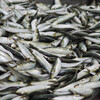
Spring Smelt Fishing in Ontario
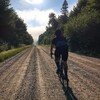
Spring Shake-out

That's Italian

Under The Aurora Borealis
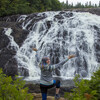
3 Waterfalls You Can't Miss Near #theSoo
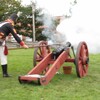
Sault Ste. Marie and the War of 1812

Keep Those Kids Active, Happy And Healthy This Summer

Where to Eat, Dine, and Play on the Sault Ste. Marie Waterfront
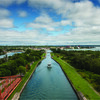
8 Reasons Why You Must go to #TheSoo Right NOW!
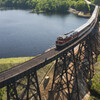
The Agawa Canyon Tour Train
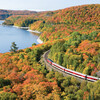
Expedia published a list of the most breathtaking places in North America
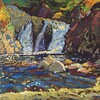
The Group of Seven, 100 years in Algoma
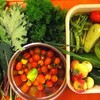
Coming Soon! Mill Market to Attract Locals and Tourists With Local Foods And Handicrafts
7 great bird-watching spots in Sault Ste. Marie
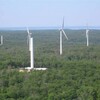
Green Energy in Sault Ste Marie
Experience The Incredible Indigenous Culture of Bawating

4 Restaurants You Gotta Eat at in Sault Ste. Marie
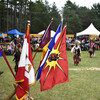
10 Reasons Why You NEED to Visit a Pow Wow in Sault Ste. Marie
